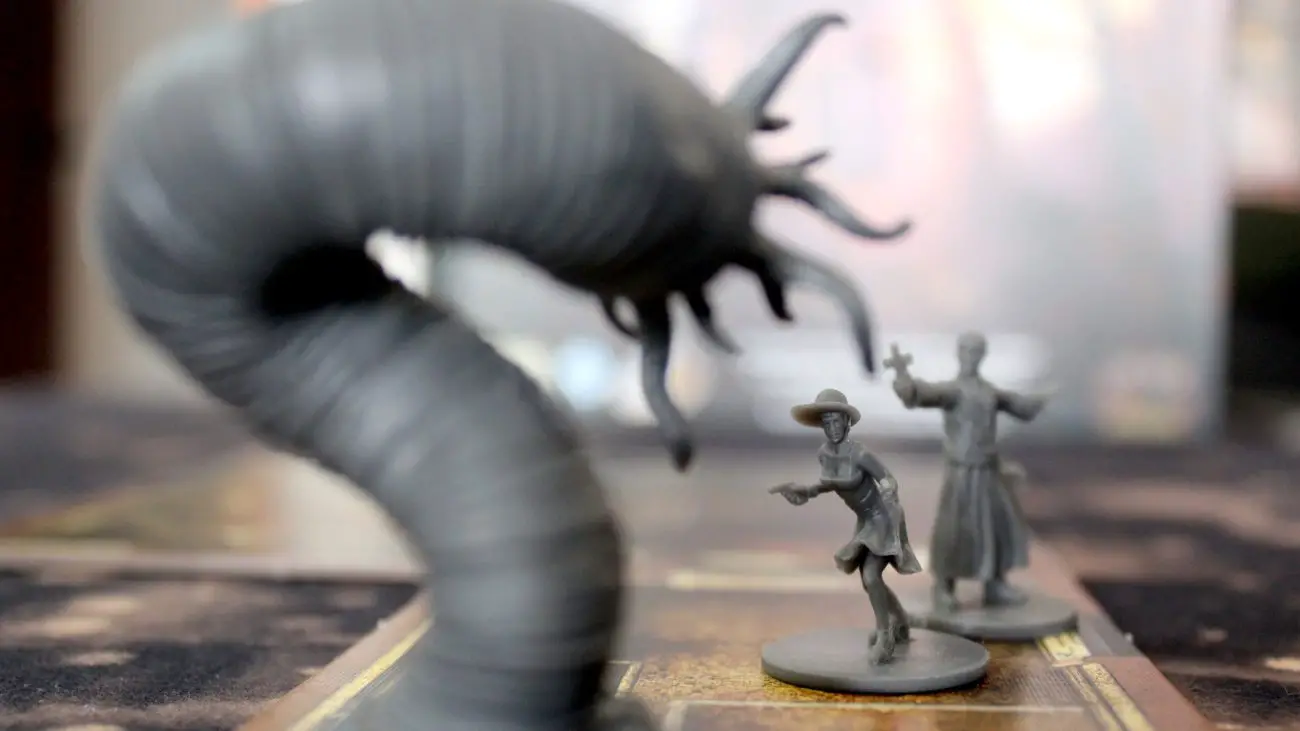TikTok has taken the world by storm, providing users with a platform to showcase their creativity and connect with others. To stand out from the crowd, many creators aim for professional-looking videos that captivate viewers. One essential element of polished content is the seamless TikTok transitions between scenes. In this guide, we’ll dive into how to add transitions to your TikTok videos, explore various transition types, and help you create engaging content.
What are Transitions?

Transitions are visual effects that help you move from one scene to another in a video. For example, a fade transition will gradually turn the screen to black between scenes, while a cut transition will transition to the next scene without any special effects.
Step-by-Step Guide: Adding Transitions to Your TikTok Videos
Adding transitions to your TikTok videos is a breeze with these straightforward steps:
- Open the TikTok app and navigate to the Edit page.
- Add your video clips to the timeline.
- Choose the desired transition effect.
- Drag the transition to the timeline, positioning it between two clips.
- Preview your video, ensuring the transition looks as intended.
- Save your changes and share your polished video with your followers.
You’re now ready to share your professional-looking video with your followers!
Types of Transitions
TikTok has a wide range of transitions you can choose from. You can use a fade transition to create a subtle, smooth transition between two scenes. If you want your transition to be more noticeable, try a cut transition. This will instantly transition from one scene to the next without any special effects. You can also try more creative transitions such as wipes, slides, zooming in and out, and more. These can help you add variety and flavor to your videos, making them more interesting to watch.
TikTok offers an array of transition options to suit your creative vision:
- Fade Transitions: For a subtle effect, opt for a fade transition, which gently dissolves one scene into the next.
- Cut Transitions: For a more abrupt change, a cut transition instantly shifts from one scene to another without additional effects.
- Creative Transitions: For a unique twist, experiment with wipes, slides, zooming in and out, and other artistic transitions to add variety and flair to your videos.
Pro Tip: Be Consistent With TikTok Transitions
It’s important to maintain consistency in the style of transitions used throughout a video. While it’s essential to experiment with different transitions to enhance your content, maintaining a consistent style helps create a cohesive visual experience for your viewers. Overusing multiple transition types in a single video can make it appear chaotic and less professional. Instead, choose a few transition styles that complement your video’s theme or mood and use them consistently throughout the video for a polished final result.
Final Thoughts on TikTok Transitions
Adding transitions https://vjump.com/add-transitions-to-video-tiktok to your video on TikTok can help you create more professional-looking videos. Transitions can also help you add variety and flavor to your videos, making them more interesting to watch. To add transitions to video on TikTok, simply open the app, add your clips, select a transition, and drag it to the timeline.
Adding transitions to your TikTok videos can elevate your content, giving it a professional touch and making it more engaging. By understanding how to use transitions and exploring various options, you’ll be well on your way to creating captivating content for your audience. So, get creative, experiment with different transitions, and watch your TikTok videos shine.



